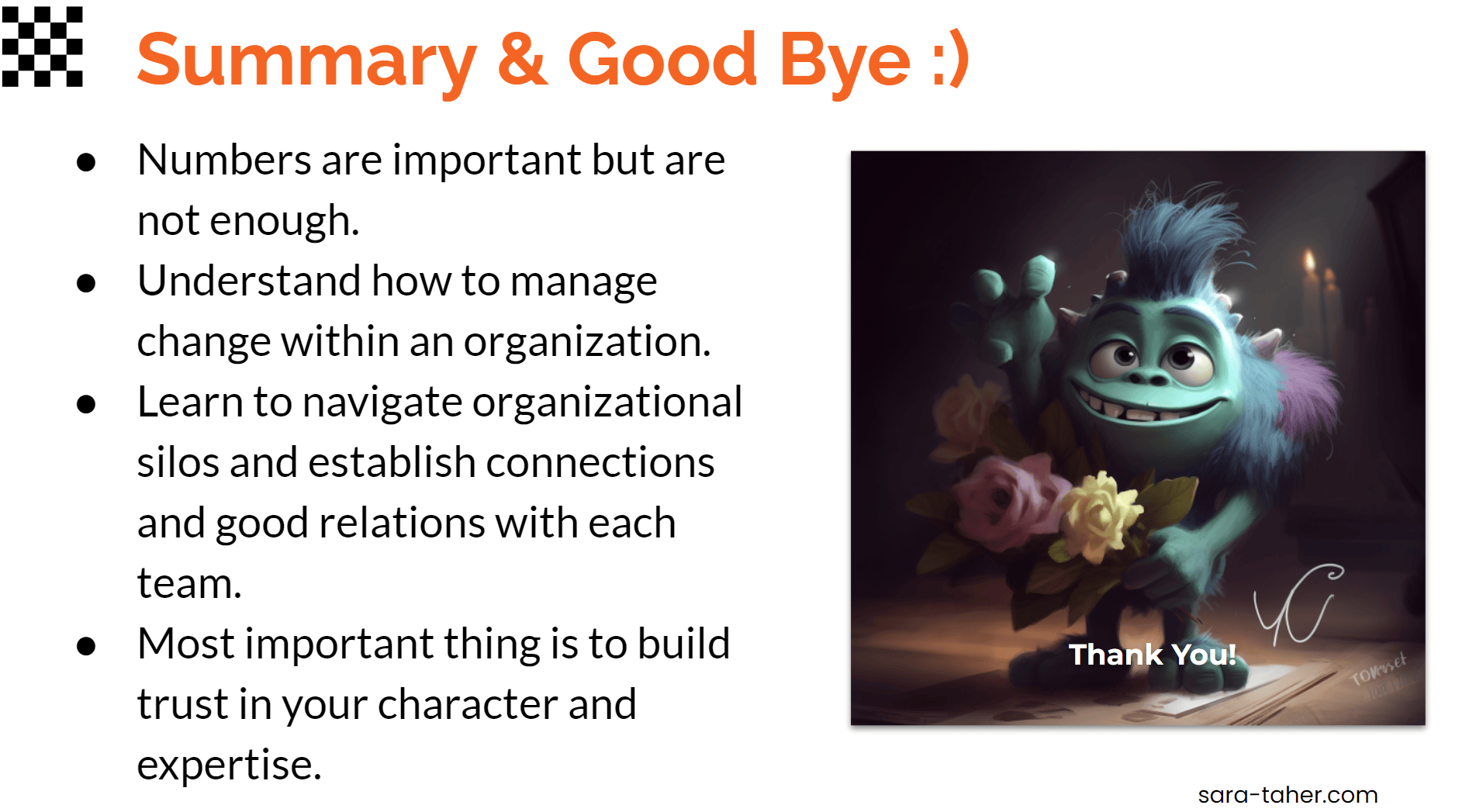Getting Buy-In for Your SEO Strategy

I had the pleasure recently to run a live webinar on the topic of Buy-in. I feel there are many aspects related to buy-in that we don't talk about enough.
If you want to watch the live webinar, here's the video recording:
Otherwise, if you want to skim through the topic, let's dive in!
What is Buy-In?
In the world of SEO, "buy-in" refers to gaining the necessary resources and support to execute your SEO strategy. This can include budget, developer time, content creation, and collaboration from various teams within your organization.
The Challenges of Getting Buy-In
There are many challenges when it comes to getting buy-in on your strategy to execute! We like to think that getting buy-in for SEO is a matter of building a good business case. That's not true.
The Traditional Approach to Getting Buy-In
When trying to get buy-in for an SEO strategy, many people rely on traditional tactics
- Avoiding technical jargon and adapting to your audience
- Focusing on data-driven arguments and business goals
- Present an SEO strategy projecting results with SEO forecasting.
- Show the value of SEO using (all or one of the following methods):
- PPC data
- Search volume
- Competitors’ traffic.
While all these approaches can be helpful, they often fall short. Because, believe it or not, not all organizations are data-driven.
The Limitations of this Approach
- Human Element: Remember, you're dealing with people, not machines. Numbers alone may not be enough to convince everyone.
- Organizational Dynamics: Political factors like resistance to change, and organizational silos can hinder your efforts.
- Past Experiences: Negative experiences with previous SEOs can create skepticism and mistrust.
Overcoming the Challenges
New ideas and approaches often face resistance. You'll frequently encounter phrases like "we've always done it this way" or "we've never tried this before, so why start now?" This resistance can stem from people feeling threatened or wondering if their methods were wrong all along.
Implementing change in organizations involves structured steps, often referred to as "change management." A great example of this is in the book Our Iceberg Is Melting, where Fred, a penguin, discovers that their iceberg (home) is melting. He then faces the challenge of convincing the leadership to take action.
The question is: How does Fred navigate this process and persuade others to embrace change?
Addressing Resistance to Change
Fred starts by talking to people about the melting iceberg, but despite their home being at risk, he faces pushback and resistance. Many dismiss his concerns, saying things like, "It can't be that bad," or "Let's wait and see." They’re resistant to change because they don’t want to alter the place they’ve lived in for so long.
So what does Fred do? Let's look at the steps of change management in the context of SEO.
- Create a Sense of Urgency: when working with a new client, try to show them the missed opportunities, what their competitors are doing differently, or areas where they’re falling behind. This creates a sense of urgency and highlights why change is necessary. This is the part where data is important (but not enough).
- Pull together the guiding team: bring together key stakeholders and involve them early in the process. For example, if you need to make SEO changes to existing content, engage with the content team first. Acknowledge their great work, then explain that you’re looking to enhance it from an SEO standpoint. Instead of imposing changes, invite their input and make them feel included. By doing so, you build support and reduce resistance.
- Develop the vision and change strategy: incorporate all the input you got, and build your strategy. When people feel they’ve contributed to the process, they’re more likely to cooperate.
- Communicate for understanding and buy-in: now you can go back and communicate, "hey guys we discussed this issue and those goals, here's a plan that takes into account your input".
- Empower Team Members: Give team members the autonomy and resources they need to succeed. Provide clear guidelines, training, and support to help them understand and implement your SEO recommendations. Empowering people is crucial. Don’t micromanage or dictate every step. Instead, provide guidance and allow them to apply their expertise. You handle SEO and trust that others will come through with their part (devs, content, etc...).
- Produce short-term wins: focus on creating short-term wins to build momentum. In SEO, this might be challenging but not impossible. For example, if you face pushback on adding internal links, suggest testing it first. When you show measurable improvements, even small ones, it shifts the mindset toward embracing SEO practices.
- Continue to push for change: You need to continue always advocating for your work by demonstrating results and involving others in the process.
- Create a new culture: when you follow those steps, you end up creating a new culture, one that has a more flexible straightforward way of getting buy-in!
Navigating Organizational Silos
People work in silos. Teams work in silos. That's how things are very often. Things I found useful in navigating this:
- Schedule regular one-on-one meetings: Set up weekly or bi-weekly meetings with your main contact from each team you need to collaborate with.
These sessions don’t have to be long—15 minutes can be enough to stay aligned. When I worked in house, I had short meetings bi weekly with PPC, and what we did is I would share what I'm working on, she would share what she's working on, and we actually started finding opportunities to collaborate. For example, CTR tests and CRO tests, - Always share credit: SEO is a team sport and not a solo endeavor. You may have come up with the recommendations but other team members did the heavy lifting for you to execute. Always give credit when it's due.
The Power of Trust
One of the best thing I read about business and trust is "Business moves at the speed of trust." by Erica Fiori Gentry on LinkedIn.
To cultivate this trust, it's crucial to establish yourself as someone who is not only knowledgeable but also reliable and supportive. Here’s how you can build that trust within your team and organization:
- Avoid Gossip: Maintain a professional and respectful demeanor. Never speak negatively about colleagues, as this erodes trust and damages relationships.
- Communicate Directly: If issues arise, always address them with the person involved before escalating to their manager. This respectful approach fosters open communication and problem-solving.
- Be Supportive and Helpful: Always be willing to lend a hand or offer guidance. Supporting your colleagues builds goodwill and strengthens relationships.
- Have Your Team’s Back: Avoid using others' mistakes or shortcomings to score points with leadership. Instead, focus on how you can collectively succeed as a team.
- Deliver Top-Notch Work: Consistently produce high-quality deliverables. When your work is thorough and polished, you demonstrate your dedication and professionalism.
- Share Your Knowledge: Establish yourself as a subject matter expert by sharing valuable insights and tips when appropriate. This not only builds trust but also reinforces your credibility.
Conclusion
Here's a screenshot of my last slide of the webinar!

Disclaimer: chatgpt helped me convert the transcript of the webinar into this article, I did add and edit of course.
The SEO Riddler Newsletter
Join the newsletter to receive the latest updates in your inbox.
